The Eagle Owl is a group of birds in the taxonomic genus Bubo. They are closely related to the great horned owl and the snowy owl.
There are 15 different species of these owls, however, the best-known species is the Eurasian Eagle Owl (which we’ll call the “Eurasian”). For this reason, in this article we will be focusing on this species, which has the scientific name Bubo bubo. Read on to learn about the Eagle Owl.
Description of the Eagle Owl
Eurasian Eagle Owls are incredibly similar in appearance to great horned owls. They are brown in color, with dark brown or black markings across their bodies. Their eyes are bright orange and quite noticeable.
Like all members of the Bubo genus, they have long feather tufts on either side of their heads. At their largest they are about two and a half feet tall, and their wingspan measures six feet across.
Interesting Facts About the Eagle Owl
These owls are quite large and impressive. They have a number of different traits and behaviors that make them unique. Learn more interesting facts about these birds below.
- Soaring the Silver Screen – Quite a few of the owls you see in movies or on television are of this Eurasian species. In the United States, the Migratory Bird Treaty Act prevents filmmakers in Hollywood from using native birds, like great horned owls, in movies. Because the Eurasian is not native to the United States, most “great horned owls” in movies are actually Eagle Owl
- Hunting vs. Hawks – If you look at the feet of a hawk, and the feet of an owl, you’ll notice that they both have sharp talons. However, owls usually have somewhat smaller talons in comparison to their body size. This is because hawks and eagles use their talons to pierce their prey, while owls squeeze their prey instead.
- “Whoo” Said That? – This species is quite vocal, especially around dawn and dusk. Each Eagle Owl has a unique voice, and researchers can even distinguish individuals from one another using only their vocalizations.
Habitat of the Eagle Owl
The owl species lives in a variety of different ecosystems. They inhabit mountains, lowlands, forests, and even desert edges. Most Eurasians prefer rocky habitats like cliffsides and rocky outcrops, particularly during the breeding season.
These birds also live in areas close to rivers, wetlands, and lakes, which attract small rodents. Some of these owls also hunt in more urban areas, like farms, pastures, and even public parks.
Distribution of the Eagle Owl
While other Eagle Owl species have different and variable ranges, Eurasians live across huge expanses of Europe, Asia, and the Middle East.
Their range extends from the edge of the Arctic Circle south into Pakistan, northern India, Nepal, and southern China. Their range also extends through much of Europe, with the exception of the western coast of France, Ireland, and the United Kingdom.
Diet of the Eagle Owl
Like most birds of prey, these owls are carnivores. They prey on a variety of small animals, primarily rodents. Some common prey items include mice, rats, and voles. Because they are so large, these birds can also hunt larger animals like foxes, ducks, and other species of owls. They hunt by flying silently through the air in search of prey.
Eagle Owl and Human Interaction
These widespread birds have high population numbers, but they are currently in decline. Even though they live across a massive range, they are somewhat rare.
Some regional populations are in greater danger than others. Habitat destruction is the primary danger to these birds. Despite their declining populations, the IUCN lists the species as a whole as Least Concern.
Domestication
Humans have not domesticated Eagle Owls in any way.
Does the Eagle Owl Make a Good Pet
No, Eurasians do not make good pets. They are large, wild birds, with large talons and sharp beaks. In most places, it is also illegal to own any Eagle Owl as a pet.
Eagle Owl Care
In zoos, Eurasians require care similar to that of other owl species. They are large birds, so they need plenty of space to stretch their wings.
Zookeepers also train them to stand on gloves for educational presentations, and often use their training as an opportunity to get some extra exercise. The zookeepers feed them a variety of rats, mice, chicks, and more.
Behavior of the Eagle Owl
These owls are solitary and nocturnal. They are most active at night, and spend much of their time hunting for food. Eurasians are territorial, and defend their territories from predators and other owls.
As the breeding season arrives, owl pairs reunite and build a nest together. These owls are monogamous, and pairs continue to breed year after year with the same partner.
Reproduction of the Eagle Owl
Eurasians like to nest on cliffs or in rocky outcrops, which are difficult for predators to reach. Like gray owls, they also use abandoned hawk and eagle nests. Females lay an average of three eggs per clutch, which they incubate for about a month.
It takes about two months for the young owls to learn how to fly. Most chicks are fully independent from their parents by the time they are a year old, though some do not reproduce themselves until they are about three years old.

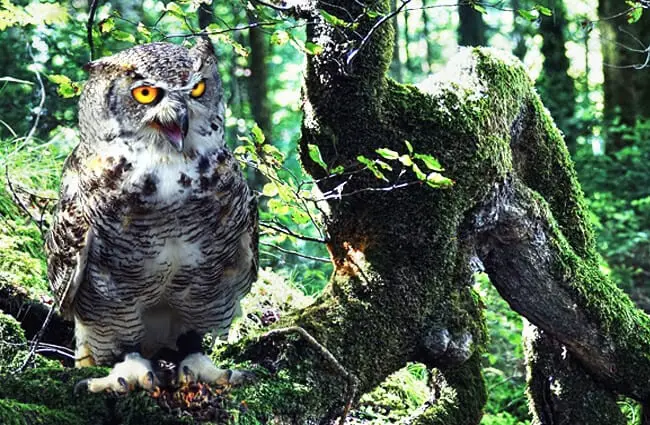
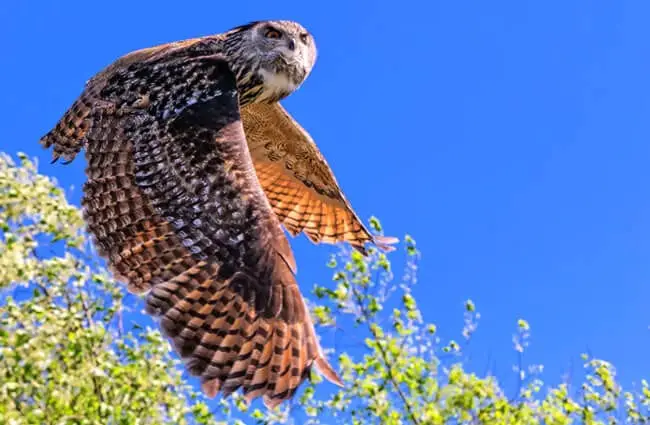
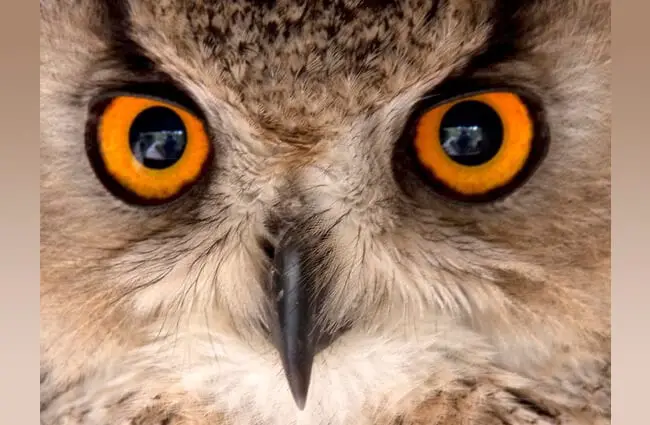

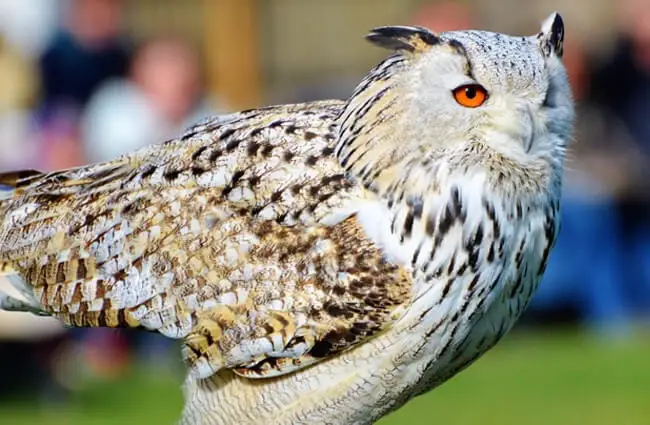
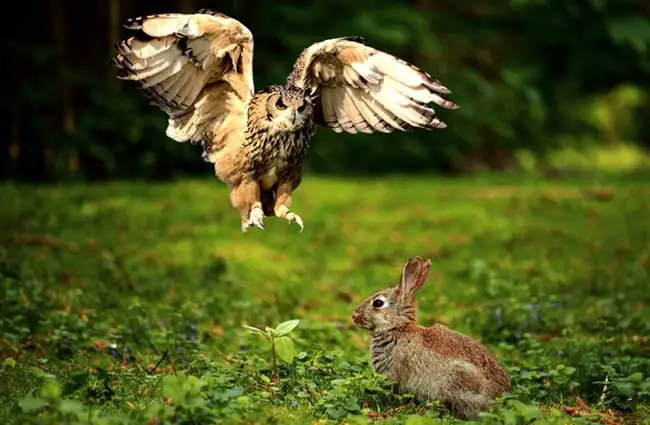
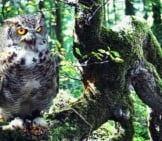
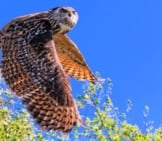
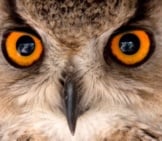
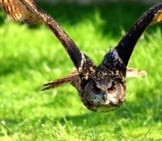

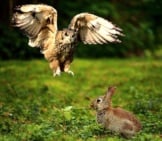
![Red Angus Closeup of a beautiful Red Angus cowPhoto by: U.S. Department of Agriculture [pubic domain]https://creativecommons.org/licenses/by/2.0/](https://animals.net/wp-content/uploads/2020/03/Red-Angus-4-238x178.jpg)












![Red Angus Closeup of a beautiful Red Angus cowPhoto by: U.S. Department of Agriculture [pubic domain]https://creativecommons.org/licenses/by/2.0/](https://animals.net/wp-content/uploads/2020/03/Red-Angus-4-100x75.jpg)

